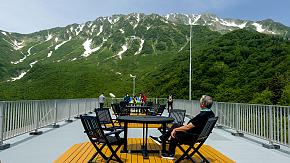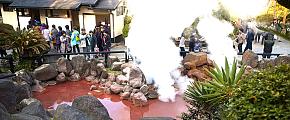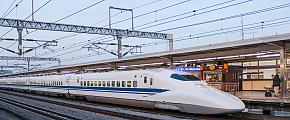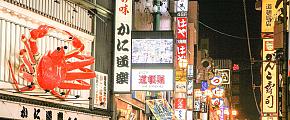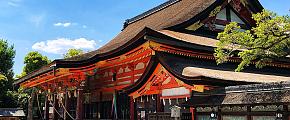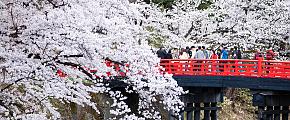Tateyama Kurobe Alpine (Alps) Route Guide: Roof of Japan
There is no shortage of beautiful mountains to explore on your Japan tour. The snow-capped Mt. Fuji with its majestic reflection, or the vibrant cherry blossoms and foliage of Wakayama never fail to impress. Not to mention the Tateyama Kurobe Alpine Route in the Northern Alps, the roof of Japan, which offers excellent hiking trails to explore its seasonal charms.
What Is the Alps Route of Tateyama Kurobe
The Tateyama Kurobe Alpine Route, typically open from April 15th to November 30th, is a popular sightseeing route that offers stunning views of the Northern Japan Alps. Stretching 37 kilometers from Toyama to Omachi, Nagano, this scenic route connects various attractions via different modes of transportation, with the highest point reaching 2,450 meters.
What Are the Highlights of the Alpine Route Hike
Murodo
The highest point, Murodo, serves as the starting point for several hiking trails, offering nature lovers the chance to explore the stunning beauty of Mt. Tate. For those looking for a more leisurely experience, there are various modes of transport available, including a highland bus that connects Bijodaira in the west and a tunnel trolley bus to Daikanbo in the east.
Popular activities in Murodo include visiting the sulfurous Jigokudani Valley, camping, and even climbing to the summit of Mt. Tate. While a day trip from Matsumoto or Toyama is possible, an overnight stay, especially near Murodo, offers the chance to witness the breathtaking views at sunrise and sunset.
Due to its high altitude, temperatures here are typically around 10°C lower than in the surrounding lowlands, so it's advisable to bring a coat, even during the summer months.
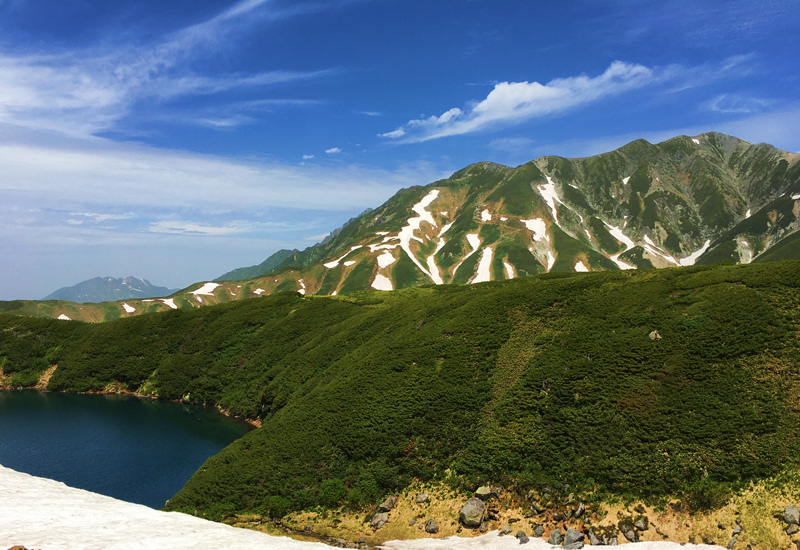 Murodo
Murodo
Tateyama Snow Corridor
About one kilometer from Murodo lies the stunning Tateyama Snow Corridor, a 1,000-meter-long passage through towering snowbanks that reach up to 20 meters in height.
From mid-April (around April 15) to mid-June (around June 20), the Snow Corridor is open to visitors. When traveling between Bijodaira and Murodo during this time, you'll be awe-struck as you walk through the corridor, flanked by soaring snow walls. On clear days, the contrast between the deep blue sky and the towering snowbanks creates a truly striking and unforgettable view.
Kurobe Dam
As one of Japan's most impressive engineering feats, a visit to the Kurobe Dam is a must on bucket lists. Standing at an altitude of 1,450 meters, it is the highest dam in Japan, with the reservoir holding 200 million cubic meters of water.
The dam is accessible via cable car from Kurobedaira on the west and a tunnel bus from Ogizawa on the east. To fully appreciate the stunning views, you can climb a few steps to a lookout that offers panoramic vistas of the dam, Kurobe Lake, and the surrounding mountains. For those with extra time, a leisurely boat cruise on the emerald-green lake is also a popular way to take in the scenery.
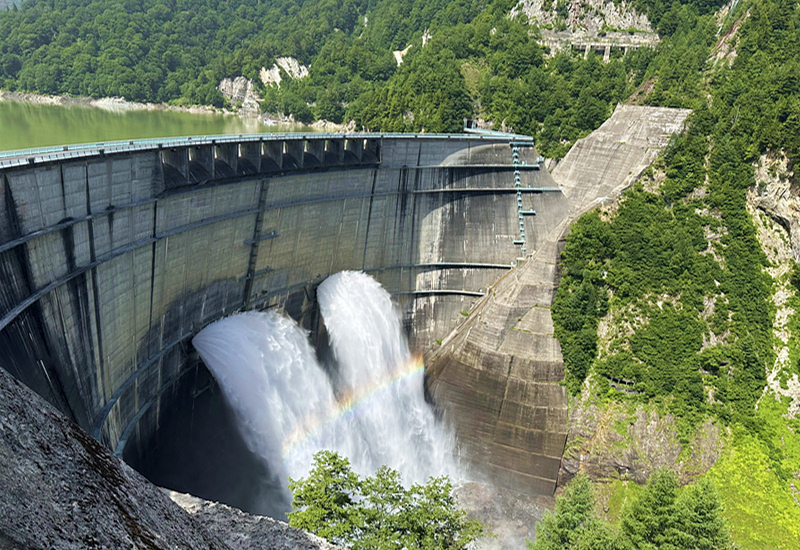 Kurobe Dam
Kurobe Dam
Bijodaira
Bijodaira is accessible from Tateyama Station to the west by cable car and from Murodo to the east by highland bus.
The name "Bijodaira" comes from two towering cedar trees, known as the legendary "beautiful women's trees," which stand within the pristine forest. The area is rich in natural beauty, with a lush primeval forest, diverse flora, and various species of birds and animals. It's an ideal destination for a summer visit, offering a peaceful escape into nature.
Midagahara
During the bus journey between Murodo and Bijodaira, you can request a drop-off at Midagahara, another base for exploring the deeper parts of the Tateyama Mountain Range.
Situated at an elevation of 1,900 meters, the expansive Midagahara Alps Wetland offers a rare mountain oasis. As one of Japan's largest high-altitude wetlands, it features an intricate network of ponds and marshes that are home to a rich variety of plant and animal life.
Designated as a Ramsar wetland site, the area is protected and supports over 200 species native to the Alps. Hike along the well-established trails that encircle this high-altitude treasure, and enjoy breathtaking panoramic views of Japan's largest alpine meadow.
When Is the Best Time to Visit the Alps Route
Open from April 15th to November 30th, a summer visit is generally considered the best time to visit the Tateyama Kurobe Alpine Route, with mild temperatures and clear weather offering ample opportunities to explore the entire sightseeing route. However, there is no regret in visiting this route at any time of the year due to its different seasonal characteristics throughout the year.
Best Time for Snow Corridor
If you're eager to experience the famous Snow Corridor, the best time to visit is from April to May, when the snow is at its peak. During this period, you may even see snow walls towering up to 20 meters high. While the snow walls are slightly lower in June, the remaining 10-meter snowbanks still offer stunning views. The warmer climate and smaller crowds in June also make it an ideal time for outdoor activities.
Best Time for Hiking Experience
The warm summer months of July and August bring lush green mountains adorned with colorful wildflowers, with the melting snow reflecting the mountain peaks. The brilliant sunshine creates the perfect environment for hiking, climbing, and camping. Additionally, this season offers excellent opportunities for birdwatching and wildlife spotting in the thriving ecosystem.
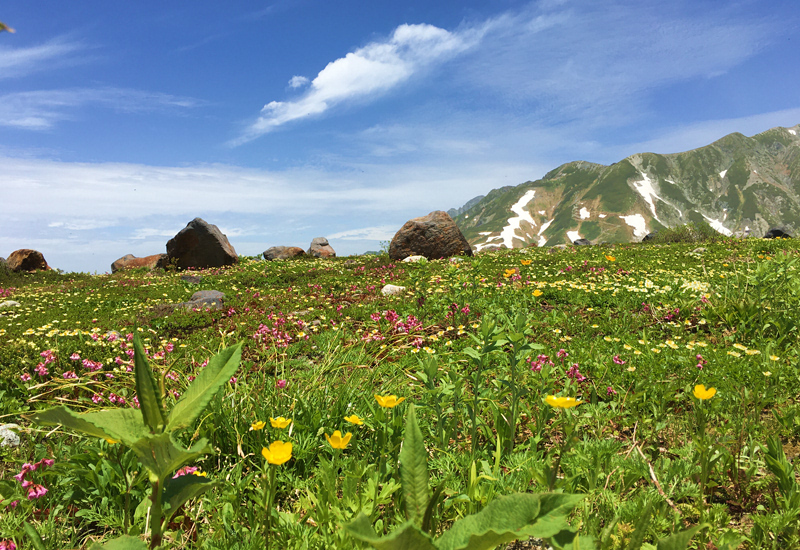 Summer Flower in Murodo
Summer Flower in Murodo
Best Time for Fall Foliage
September to October is the prime time for fall foliage. Immerse yourself in the golden forests or hike up to the summit to witness the vibrant colors of the season. The cooler weather and gentle breeze make this time of year perfect for outdoor exploration. The landscape transforms into a beautiful tapestry of golden and red hues, and if you visit multiple times during this period, you'll experience the changing beauty of the mountains as the colors evolve.
How Long Is Enough to Finish the Alps Route
The Tateyama Kurobe Alps Route has many options. It is usually possible to experience the entire route within the mountain range in just one day. Of course, you can also spend 5 days exploring neighboring towns such as Edo-style Matsumoto and Takayama, and World Heritage-listed Gokayama.
Where to Start the Alps Hike
There are two entrances to the magnificent mountain route. The first is the western entrance at Tateyama Station (475 meters high) in Toyama Prefecture, and the second is Ogizawa Station (1433 meters high) in Nagano Prefecture in the east.
You can purchase tickets covering the entire route at Toyama Station or Ogizawa Station to start the tour from either side or buy sectional tickets at any stop between them and start and finish the trip at the same end.
How to Get to the Tateyama Kurobe Alpine Route
Tateyama Station in the West
You can access the Alps route from Toyama City, where the Dentetsu-Toyama Railway will take you to Tateyama Station in about an hour.
The Hokuriku Shinkansen connects Tokyo to Toyama, offering frequent and efficient service, with the journey taking approximately 4 hours.
From Kanazawa, the Hokuriku Shinkansen reaches Toyama in just 30 minutes. If you're coming from Takayama, famous for its thatched-roof villages and historic charm, the Hida Limited Express train will get you to Toyama in about 2 hours.
Ogizawa Station in the East
If coming from the east, we suggest you arrive in Nagano City or Matsumoto first.
From Nagano city, you can take an express bus (about 1.5 hours) to Ogizawa, the east starting point of the Alps route. Or start from Matsumoto, the second largest city in Nagano Prefecture, a one-hour train journey will take you to Shinano-Omachi for a 40-minute bus to Ogizawa.
Internal transfers
Exploring the entire route from the east, visitors need to take the following transportation in sequence, and vice versa from the west:
Tunnel bus from Ogizawa to Kurobe Dam station, walking to Kurobe Lake, cable car to Kurobedaira, ropeway to Daikanbo, tunnel trolley bus to Murodo, highland bus to Bijodaira, and then cable car down to Tateyama.
Seems a bit complicated? Don't worry, as connections between every section are always convenient and efficient, as Japan has always been famous for.
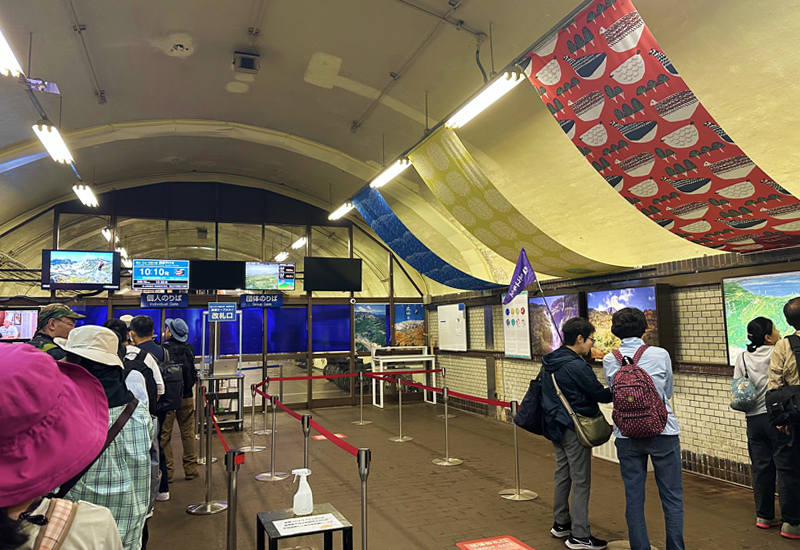 Kurobe Dam Station
Kurobe Dam Station
Enjoy the Alpine Route Sightseeing With Odynovo
For a fulfilled adventure to discover the Alpine Route or more hiking experiences of the Japanese Alps, feel free to contact Odynovo at [email protected] for your perfect journey.
Related Posts You May Like
What Our Clients Say
Explore the latest verified reviews of Odynovo's travel services on Tripadvisor, Google, Trustpilot, Product Review and more trusted platforms.

